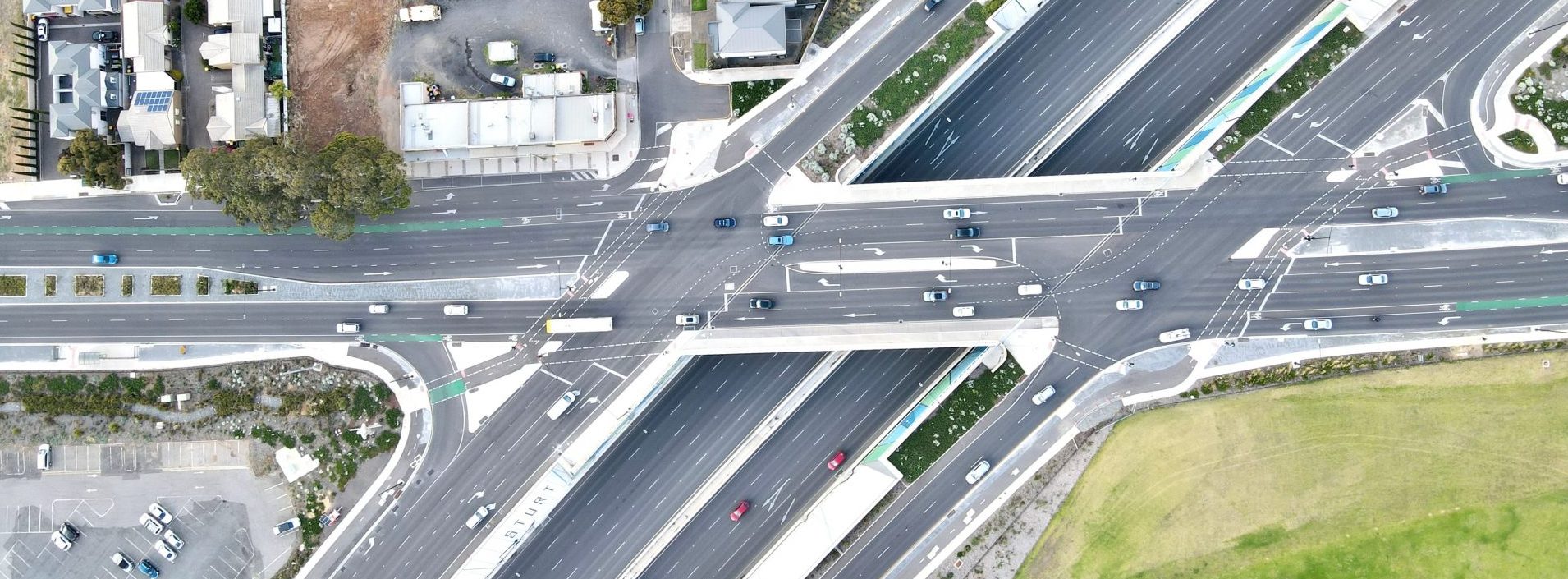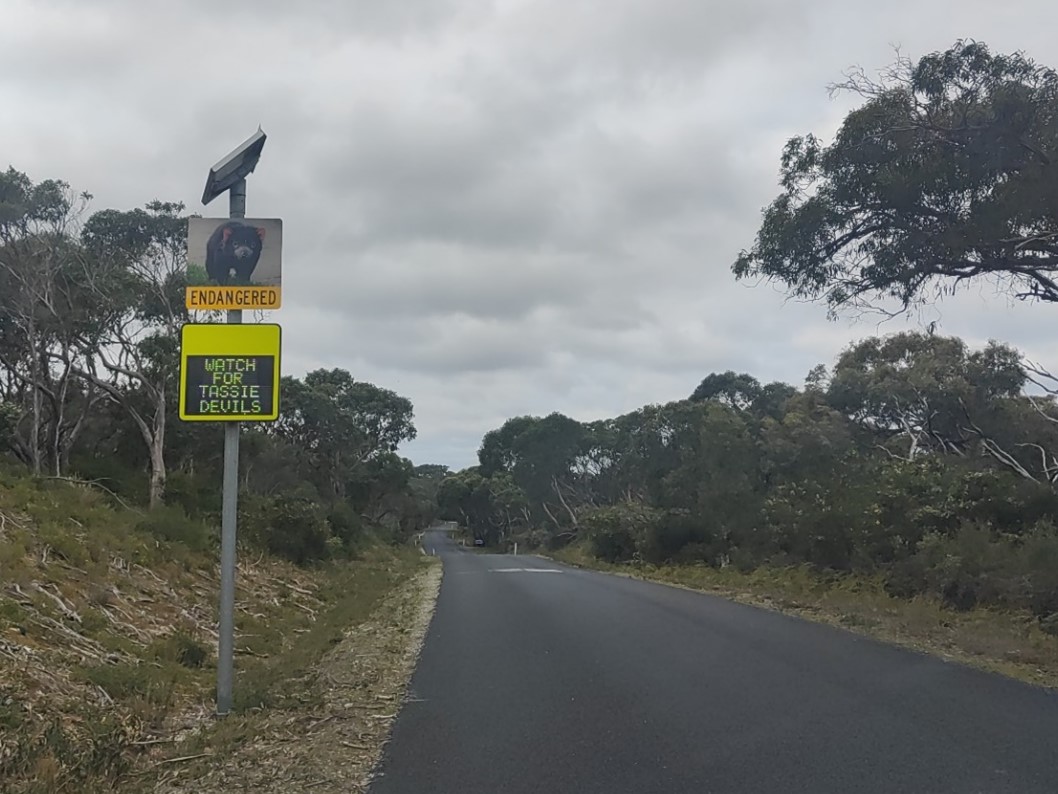James Reynolds completes PhD on transit priority

James Reynolds, Senior Traffic Engineer and Senior Road Safety Auditor at our Victorian office, has recently been conferred the award of Doctor Of Philosophy by Monash University. This makes him the second Dr. Reynolds in the family. His dad, Dr Michael Reynolds, did his PhD at the University of Maryland almost 40 years ago.
James’ PhD thesis is now available for download. There is also a recent episode of the Researching Transit podcast available that is about his research project. The project was part of the Sustainable and Effective Public Transport Graduate Research Industry Partnership (SEPT-GRIP). This is a group of 18 projects at the Public Transport Research Group (PTRG) at Monash University that were funded by Public Transport Victoria, Metro Trains Melbourne, Yarra Trams, VicRoads, Transdev Melbourne, the Bus Association of Victoria and Monash University. Other theses from the SEPT-GRIP are also now available, including on:
- Adapting the Movement & Place Framework to the Melbourne Tram network;
- Car share programs; and
- Tram passenger safety.
The research described in James’ thesis uses public policy analysis and legitimacy theory to examine successful and not-as-successful transit priority implementation efforts in Melbourne, Toronto, Zürich and Curitiba. There is often a strong technical case for prioritising buses, streetcars, trams and light rail transit (LRT), particularly in congested urban conditions. This is because on-road transit can move people more efficiently than private vehicles, simply because they carry more people and so can make better use of limited road space and intersection time. Priority measures such as bus lanes and Transit Signal Priority can also improve the speed and reliability of on-road public transport services. This can help to improve ridership, reduce capital and operational costs, and improve the overall social equity and environmental outcomes of the transport network. However, transit prioritisation may not be publicly or politically popular, especially in cities where most voters drive. There can also be institutional barriers, given that roads are typically managed by organisations that have had a historical focus on minimising vehicle (rather than passenger) delays.
There have been notable successes in implementing extensive on-road transit priority systems in some cities. For example, Zürich has had a long history of improving conditions for its buses and streetcars. This started in the 1970s, around the same time that a Citizens’ Transit Priority Initiative was approved in a public ballot, but continues to the present day, including on the Rosengartentram & Rosengartentunnel project that will move a major arterial road underground to allow space for at-grade LRT. Another example is the city of Curitiba, which is well-known as the ‘Cradle of Bus Rapid Transit‘ (BRT). Architect Jamie Lerner and others helped to develop its busway system after a 1960s military coup in Brazil and Lerner’s appointment as mayor. However, Curitiba’s iconic tubular bus stops were not introduced until the 1990s, after the return of democratic rule and the election of Lerner to his third mayoral term.
Unfortunately, the implementation of on-road transit priority measures in some more car-centric cities has been less successful. For example, in Melbourne in the mid-2000s, far-side stops that had been installed in Clarendon Street for the Think Tram program‘s pilot project were removed after a protest campaign. In Toronto in 2010 and on his first day in office Mayor Rob Ford declared that the ‘war on the car is over‘ and announced the cancellation of the Transit City Plan. This had been a plan to build seven new LRT lines mostly across suburban areas of the City of Toronto, which would have mostly served many of the same people who had voted for Ford based on his platform of populism and ‘subways, subways, subways‘ (which was not ultimately delivered). Around the same time in Melbourne, bus lanes on Studd Road were removed after opposition from drivers and a change of state government.
The PhD thesis develops a new framework for understanding the relationship between legitimacy and the amount of transit priority that is provided. Other research outputs include nine pragmatic strategies for legitimising the prioritisation of on-road transit services in car-centric cities. These strategies include building legitimacy in political and public policy-making arenas before implementation through (A1) technical enquiry, (A2) transport planning and/or (A3) public processes and/or hearings. Transit prioritisation might also be legitimised in car-centric cities by avoiding impacts on other road users. This might involve (B1) grade-separation or (B2) building new capacity so that bus lanes or other transit priority measures can be provided without reducing capacity for other traffic. Alternatively, practitioners might use (B3) subservient priority measures to make on-road transit as good as is technical possible without significantly changing conditions for other road users or increasing delays for other vehicles. Finally, practitioners might seek to building legitimacy through implementation, through (C1) bottom-up and incremental implementation. This involves gradually increasing the amount of priority given to transit, perhaps as part of regular maintenance or other capital works, so that the change from the status quo is minimised. Alternatively, practitioners might use the tactical urbanism approach of (C2) pop-ups, as has been successful in Boston and other American cities. Running a formal (C3) trial might also be considered, with the recent King Street Transit Pilot of streetcar priority implementation providing a recent model of good practice.
Overall, the research provides a basis and connection to theory through which to understand issues that many engineers, planners and others might encounter in everyday practice. A law or plan might provide (normative) legitimacy and a vision or objective that supports a proposed change to the road environmental. The proposed change might be technically appropriate, and so have legitimacy through reasonableness from an engineering perspective as a way to improve the existing system and/or meet future needs. However, there may not be widespread support (sociological legitimacy) for changes to the status quo or a worsening of conditions for existing car-users. As roads are ultimately controlled by political leaders, who must gain their legitimacy (through public consent) at elections, it may be that technically reasonable and appropriate transit priority implementation plans fail for non-technical reasons. This research, therefore, suggests pragmatic strategies that may help practitioners improve on-road transit services, or otherwise improve the sustainability of transportation, in cities where most travel currently occurs by private vehicle.



